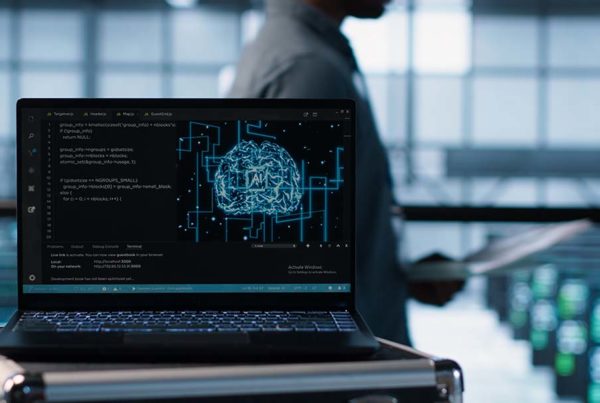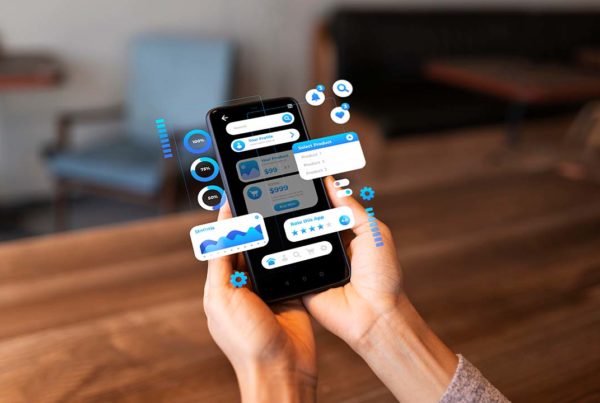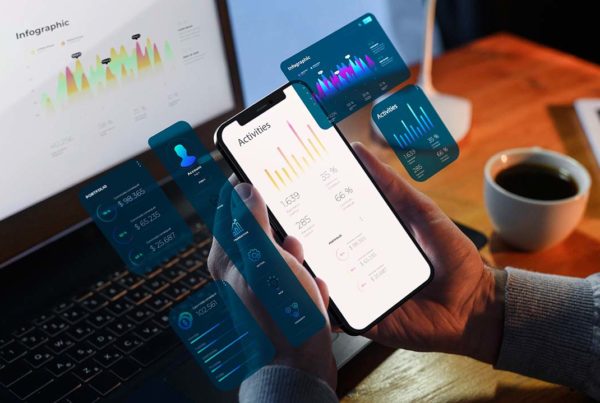
Technology is developing at an unprecedented rate, so people and organizations must remain updated on the most recent advancements. The top 19 new technological trends for 2023 that have the potential to completely alter how we live and work will be examined in this blog article.
- Artificial Intelligence (AI) and Machine Learning (ML) AI refers to the simulation of human intelligence in machines, while Machine Learning (ML) is a subset of Artificial Intelligence (AI) that involves the development of algorithms that allow machines to learn and improve from data without explicit programming.
- Robotic Process Automation (RPA): RPA is a technology that allows organizations to automate repetitive and routine tasks, such as data entry and customer service, using software robots.
- Edge Computing: Edge computing is a distributed computing paradigm that processes data at the network’s edge, close to the source, rather than in a centralized location. This allows for faster, more efficient processing and real-time decision-making.
- Quantum Computing: Quantum computing is a new computing paradigm that uses quantum-mechanical phenomena, such as superposition and entanglement, to perform operations on data. It can revolutionize cryptography and drug discovery by allowing for much faster and more powerful computing.
- Virtual Reality (VR) and Augmented Reality (AR): VR is a technology that immerses users in a computer-generated environment, while AR overlays digital information in the real world. Both technologies are becoming more accessible and are being used in more industries, such as gaming, education, and healthcare.
- Blockchain: Blockchain is a decentralized and secure technology that allows for creating a digital ledger of transactions that is difficult to tamper with. It is used in various industries, such as finance, supply chain management, and healthcare.
- Internet of Things (IoT): IoT refers to the network of physical devices, vehicles, buildings, and other items embedded with sensors, software, and network connectivity that enable them to collect and exchange data. The IoT is expanding into new areas, such as smart cities and agriculture, and advancements in 5G technology will support its growth.
- 5G: 5G is the fifth generation of mobile networks; it provides faster speeds, lower latency, and more capacity than current 4G networks, enabling new use cases and applications.
- Cybersecurity: Cybersecurity refers to the protection of computer systems and networks from unauthorized access, use, disclosure, disruption, modification, or destruction. It is becoming increasingly important as cyber threats continue to evolve.
- Full Stack Development: Full stack development refers to the development of a web application’s front-end and back-end.
- Computing Power: Computing power refers to the ability of computer systems to perform a large number of calculations quickly. It is becoming increasingly important as data sets and computational tasks continue to grow.
- Datafication: Datafication refers to the process of converting various types of information and data into a digital format that can be analyzed and used to drive business decisions.
- Digital Trust: Digital trust refers to the confidence in the security, integrity, and reliability of digital information and systems.
- Internet of Behaviours: The Internet of Behaviours refers to the collection and analysis of data about how people interact with technology and the physical world; it can be used to improve products and services and develop new marketing strategies.
- Predictive analytics: Predictive analytics uses data, statistical algorithms, and machine learning techniques to identify the likelihood of future outcomes based on historical data.
- DevOps: DevOps is a set of practices and tools that automate the processes between software development and IT operations. It allows for faster and more efficient delivery of software.
- 3D Printing: 3D printing is a manufacturing process that creates three-dimensional objects by building up layers of material. It is increasingly used in the healthcare, aerospace, and construction industries.
- AI-as-a-Service: AI-as-a-service provides AI functionality through cloud-based platforms, such as natural language processing and image recognition. It allows businesses and individuals to access advanced AI capabilities without significant investment in infrastructure and expertise.
- Genomics: By enabling the creation of customized medicine and the treatment of genetic abnormalities, it has the potential to transform healthcare. Genomic research is increasingly being employed in fields like drug development and cancer research due to advancements in sequencing technology.
Conclusion
The top 19 new technological trends for 2023 that are discussed in this blog article have the power to alter how we live and conduct business completely. Jaarvis, a top provider of cutting-edge technology solutions, is in a good position to assist businesses in remaining one step ahead of the competition.
It has a team of highly qualified specialists and a dedication to provide the most up-to-date technological solutions. Jaarvis offers the knowledge and experience to help you succeed whether you need assistance with AI and machine learning, IoT, blockchain, quantum computing, or any of the other developments listed in this blog article. You can check it out for your businesses need.



